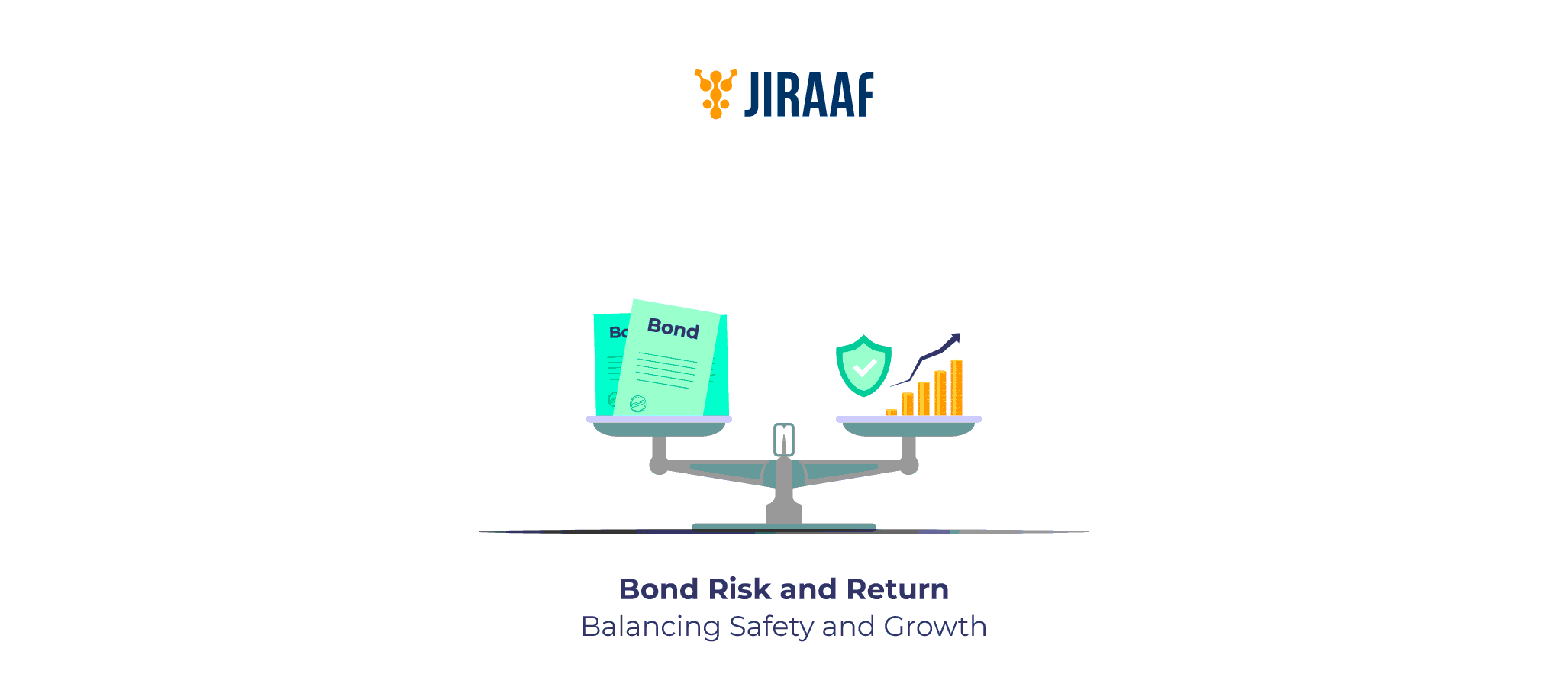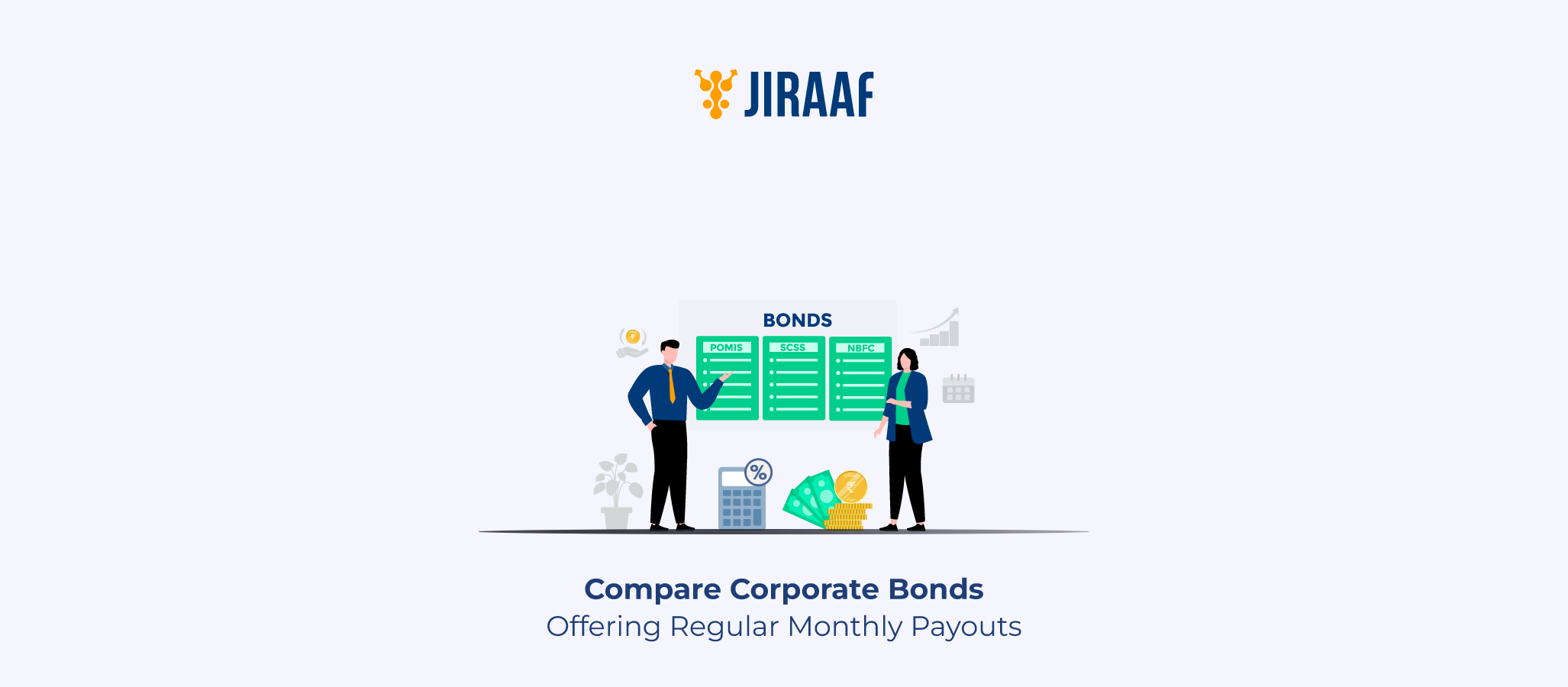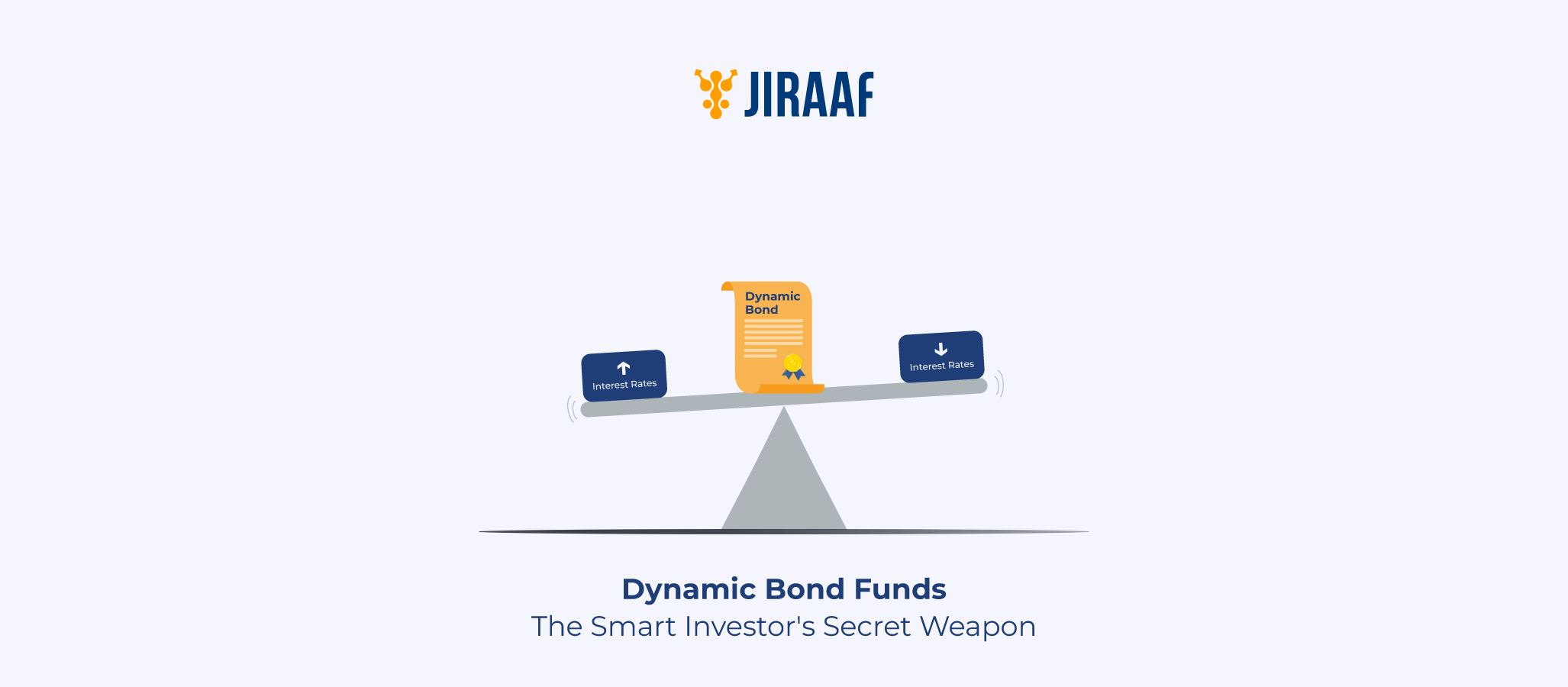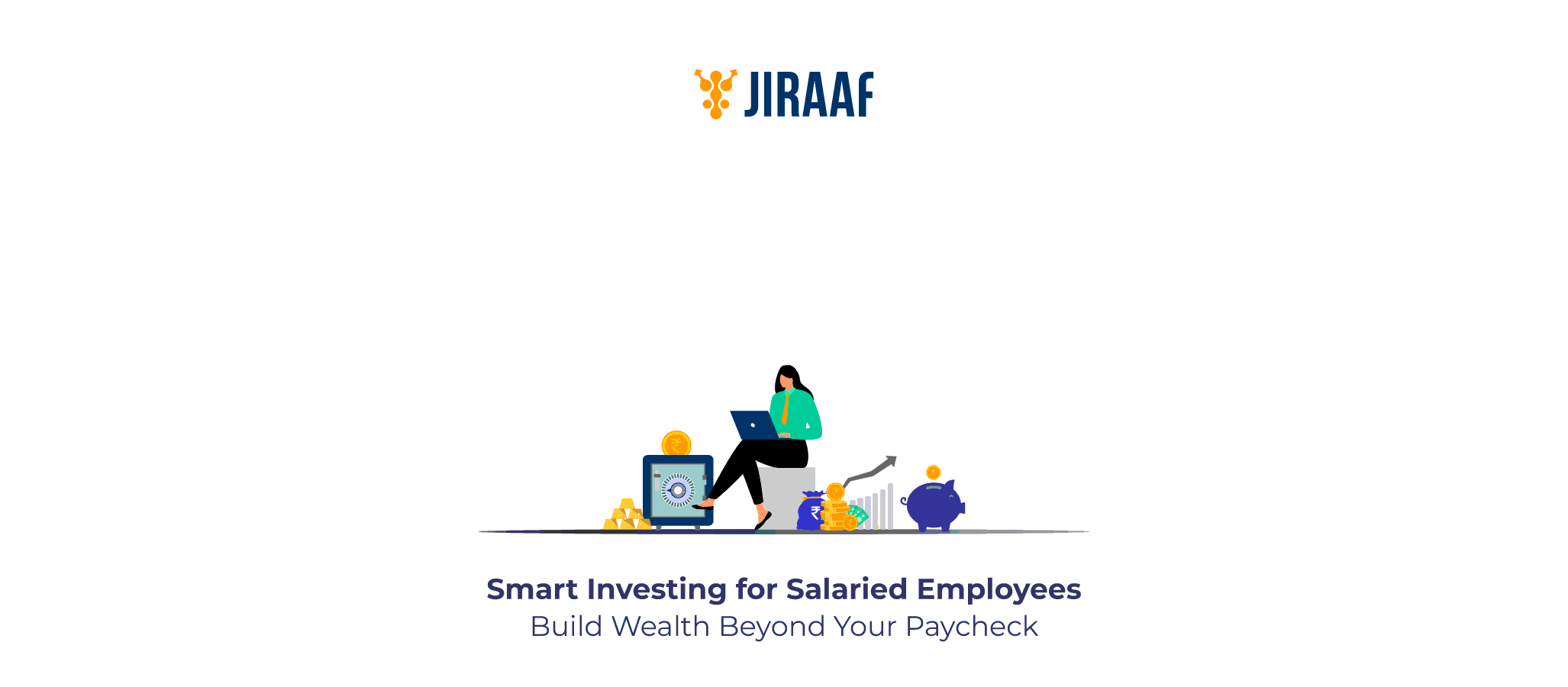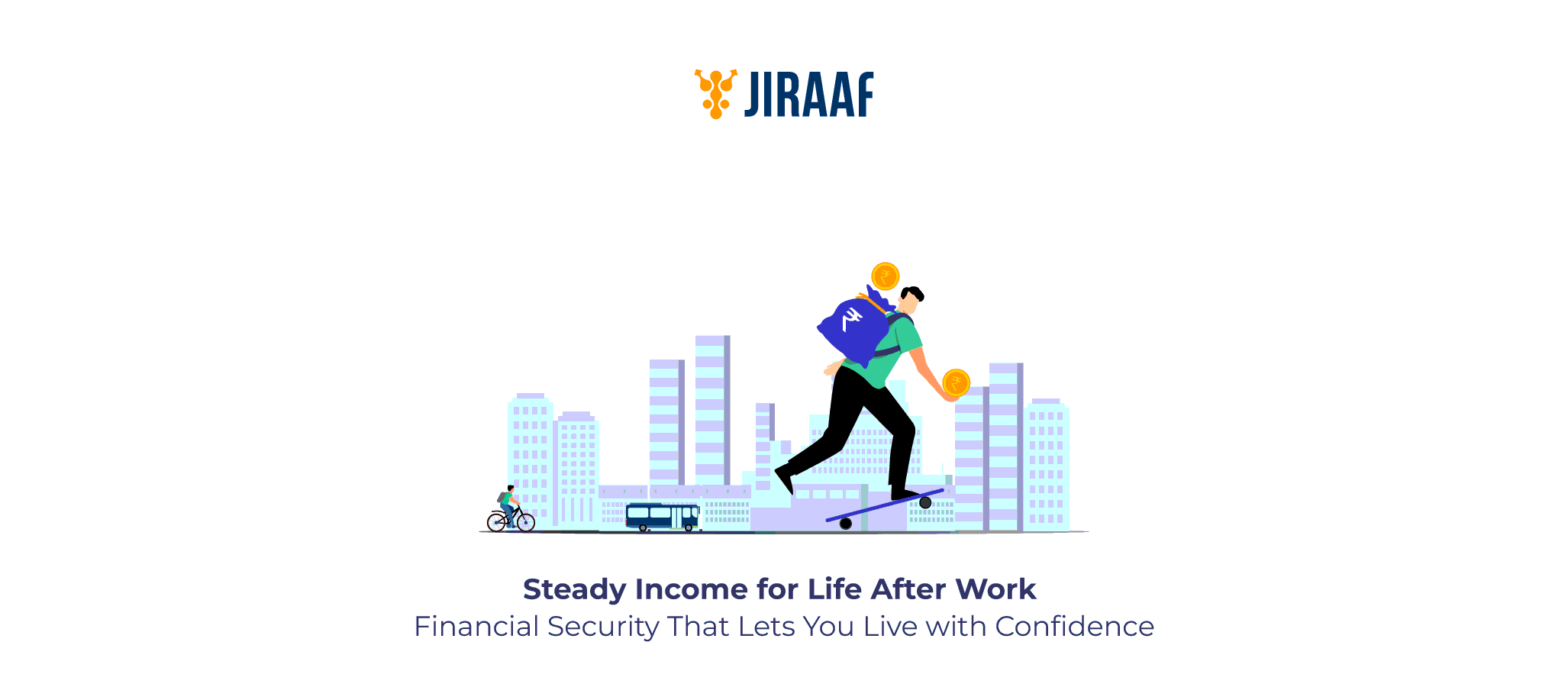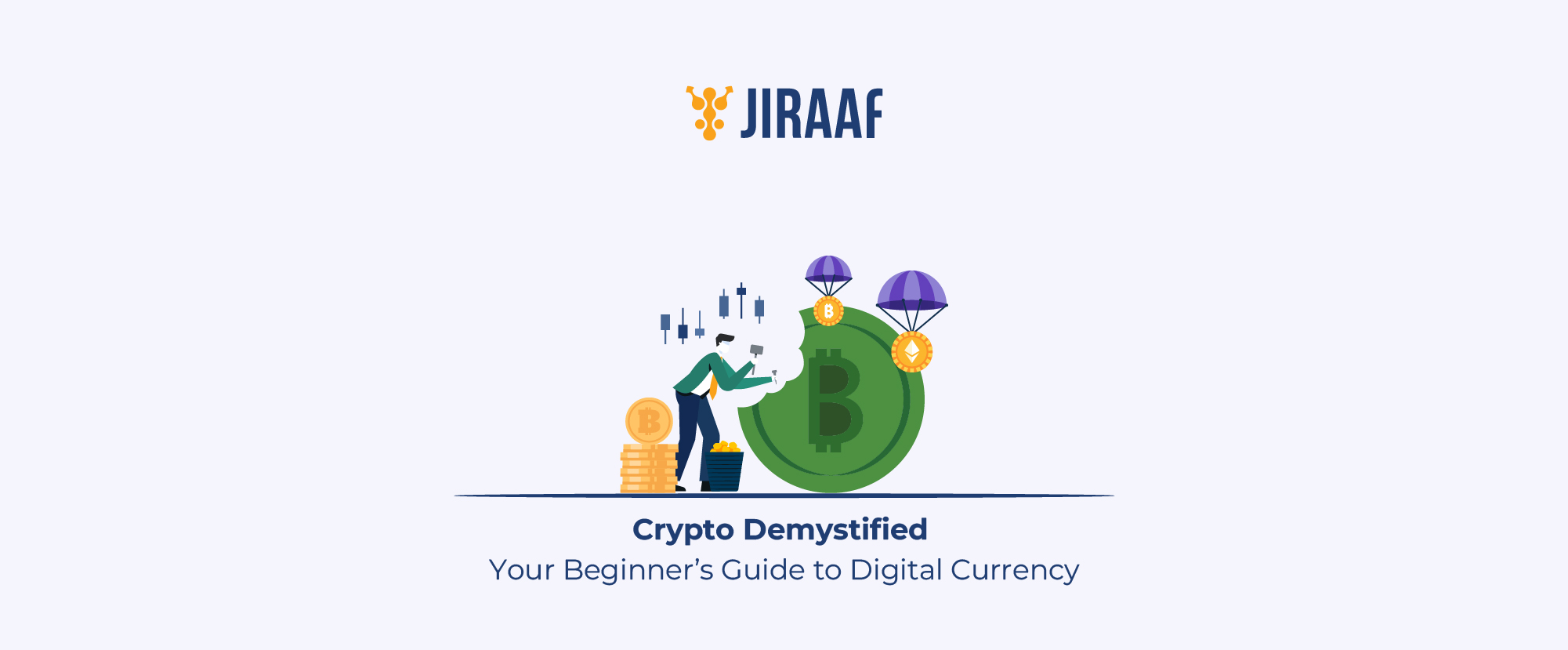Both fixed deposits and bonds are considered poster kids for stability and safe returns. While both instruments are designed to safeguard investor capital and generate a steady, recurring income, they each bring a distinct set of features, risk profiles, and strategic uses to the table.
In this blog, we’ll offer a clear, side-by-side comparison of bonds and fixed deposits, examining their differences in returns, risk management, liquidity, and taxation.
Let’s get started.
What Are Fixed Deposits (FDs)?
A fixed deposit (FD) is a financial instrument where investors park a one-time surplus for a fixed period at a predetermined interest rate. Generally, FDs are issued by banks (both large and small), NBFCs, and post offices.
A fixed deposit is a straightforward contract. Meaning, the rate of return agreed upon at the start remains unchanged for the entire tenure, regardless of movements in market interest rates.
The investment tenure of FDs ranges from 7 days to 10 years. Entities use investors’ deposited funds to provide loans to other customers at a higher interest rate. The difference between what these entities pay FD investors and what they charge borrowers is called a spread (the entity’s profit).
How FDs Work
In a fixed deposit, the investor decides the amount to invest, the duration, and the frequency at which they want the interest to be paid. Interest can be credited at set intervals (monthly, quarterly) or added to the deposit and paid along with the principal at maturity. The issuer then locks in the rate for the entire term. At tenure end, the entity will return the original investment amount to the investor.
In India, deposits with scheduled commercial banks are covered by the Deposit Insurance and Credit Guarantee Corporation (DICGC). This insurance covers up to ₹5 lakh per depositor, per bank, including both principal and interest within the limit. The backing of DICGC makes FDs an ideal investment option for capital safeguarding purposes up to an extent.
Key Features of FDs
- Assured Returns: FDs offer guaranteed returns with interest rates locked at the time of deposit, remaining unchanged throughout the tenure regardless of market fluctuations, providing complete predictability of returns.
- Flexible Tenure Options: Investment periods range from as short as 7 days to as long as 10 years, allowing investors to align their FD tenure with their financial goals and liquidity requirements.
- Liquidity Through Loans and Premature Withdrawal: While funds are locked for the agreed period, investors can access up to 90% of their FD value through loans without breaking the deposit. Alternatively, they can opt for premature withdrawal, which will attract a penalty and lower the final return.
Now that we understand what an FD is, how it works, and its key features, let us move on to discuss bonds.
What are Bonds?
A bond is a formal loan agreement between an investor and an issuer. The issuer can be the central government, a state government, a public sector enterprise, an NBFC, or a private company.
Issuers raise the funds from investors, and in return, they promise two key benefits: periodic interest payments (called coupons) and repayment of the principal upon maturity, depending on the type of bond. Generally, a bond’s tenure ranges from a few months to 40 years or more.
The funds raised by the issuers are then used for business or state development operations, such as business expansion, infrastructure development, and refinancing existing debt.
Types of Bonds Available in India
- Government Bonds (G-Secs & T-Bills): These debt securities are issued by both central and state governments and are backed by the sovereign guarantee. Some of the types of government bonds include Treasury Bills (T-bills) and State Development Loans (SDLs).
- Public Sector Undertaking (PSU) Bonds: These bonds are issued by government-owned enterprises to fund infrastructure and public projects. PSU bonds typically offer a yield of 9%-11% on average.
- Corporate Bonds: These bonds are issued by companies or NBFCs for funding business operations. Corporate bonds can be secured or unsecured. Yields on these bonds vary by the issuer’s credit rating and typically range between 8% and 15%.
- Tax-Free Bonds: Tax-free bonds are mostly issued by government entities. The interest income on these bonds is exempt from tax under Section 10(15).
- Additional Tier 1 (AT1) Bonds: These bonds are perpetual. Meaning, they do not have a fixed maturity and continue to pay interest indefinitely. Banks issue these bonds as contingent convertible instruments. AT1 bonds offer higher yields but they come with elevated structural and credit risks.
Now that we know what bonds are and their types, the next natural step is to discuss how these debt securities work.
How Bonds Work
The interest payment (coupon) rate of a bond is fixed at the time of issuance. While the coupon remains constant, the bond’s price can change in response to the changing interest rates. Bond prices usually rise when market interest rates fall and decline when rates rise. This movement affects the return for an investor who sells the bond before it matures in the secondary market.
When a bond is kept until maturity, the investor continues to receive the scheduled coupon payments. At maturity, the principal is repaid, provided the issuer fulfills its repayment commitment.
Credit rating agencies like CRISIL, ICRA and CARE review the issuer’s ability to meet their promise by checking the issuer’s financial strength and repayment history. They assign ratings from AAA, the highest, to D, the lowest, to indicate the level of risk.
Now that you have a clear idea about what FDs and bonds are, let us compare them side by side for you to get a better experience and make informed investment decisions.
FD vs Bonds: Key Differences at a Glance
Fixed deposits and bonds are designed to generate steady income, but they work in different ways. Below is a summary of the key differences between the two.
| Parameter | Fixed Deposit (FD) | Bond |
| Issuer | Banks, NBFCs, Post Office | Governments, PSUs, Companies, NBFCs |
| Return type | Fixed interest | Coupon plus price movement if traded |
| Risk | Very low; insured up to ₹5 lakh per bank | Varies with issuer and their creditworthiness |
| Tenure | 7 days to 10 years | Few days to 40 years or more |
| Liquidity | Premature closure with penalty | Sale in market; price may vary |
| Tax treatment | Interest taxed at slab rate | Interest taxed at slab; capital gains rules apply |
| Loan facility | Yes; high LTV ratio | Yes; LTV depends on bond type |
Note: The Loan-to-Value (LTV) ratio is the proportion of the asset value that can be borrowed against the FD or bond.
Returns Comparison
The return from an investment depends on what it earns over time and how stable that income is. Fixed deposits and bonds both offer interest, but the way the rate is set and how it behaves over time is different.
Historical and Current FD Interest Rates
Fixed deposit rates in India have changed with shifts in the Reserve Bank of India’s policy. A few years ago, during 2020 and 2021, large banks paid around 5% to 5.5% for one-year deposits.
Rates began to rise in 2022 when the RBI increased the repo rate. By the middle of 2023, many public sector banks were offering rates of around 6.25% for similar terms.
As of September 2025 in India, leading public sector banks are offering one- to two-year deposit interest rates generally in the range of 6.4% to 6.6%, with some specific schemes or larger deposit amounts offering slightly higher. Private banks are in a similar, but often slightly higher, range, with rates for one- to two-year deposits sometimes reaching up to 7.0% or more, especially for standard retail deposits.
Small finance banks and some NBFCs offer 7% to 8%, with a slightly higher rate for senior citizens. Once an FD is booked, the rate remains fixed until maturity, regardless of any subsequent changes in market interest rates.
At Jiraaf, we go further by offering high-yield FDs with up to 8.5% p.a. with flexible tenures to match your financial milestones and multiple payout options (monthly, quarterly, or biannually) to ensure your income stream aligns with your cash-flow needs.
Bond Yields and Market Trends
Bond investors earn through the coupon rate and, if sold before maturity, they can also benefit or lose depending on the market price of the bond.
The benchmark 10-year government bond is currently yielding about 6.5%. While investment-grade corporate bonds (AAA to BBB-rated) yield anywhere between 8%-15%. Bonds below a BBB-rating are considered junk and carry a higher risk of default.
At Jiraaf, we offer expertly curated high-yield bonds that help your money grow beyond traditional FD returns while providing more stability than equity and gold markets.
Now that we have a better understanding of the FDs vs. Bonds comparison, let’s take it one step further and discuss the risks associated with both investment instruments.
Risk Factors Involved
When an investor places money in any investment, they accept a certain level of risk. The risk associated with the underlying investment varies depending on the specific product. In a fixed deposit, the primary concern is whether the entity can return the funds on time. Also, there is repayment risk for funds above ₹5 lakhs even with scheduled banks.
In a bond, there is also the question of the issuer’s creditworthiness and how market interest rates may affect the value before maturity. Here is a deeper look.
Credit Risk in Bonds
Think of a bond as a formal promise. The issuer commits to paying interest at regular intervals and returning the principal at the end of the term. That promise depends on the issuer’s ability to keep it.
Bonds issued by the Government of India or by state governments carry a sovereign guarantee. This means repayment is backed by the government making the returns almost certain.
With corporate bonds, the repayment depends entirely on the company’s financial health. A strong company with consistent earnings is more likely to honor its obligations.
Credit rating agencies like CRISIL, ICRA, and CARE review each issuer’s finances and assign ratings. AAA and AA are the highest, signaling almost no risk of default. While A-BBB-rated bonds are referred to as investment grade bonds, indicating a very low risk of default.
These ratings can change if the issuer’s position changes, so they need to be monitored over the life of the bond. Hence, Jiraaf periodically engages with all the issuer companies registered on the platform to assess financial health and identify any early stress signals to take pre-emptive measures.
Taxation on FDs vs Bonds
Let us look at how the income from fixed deposits and bonds are taxed under Indian law. The rules are different for each and knowing them helps avoid surprises when filing returns.
Tax on FD Interest Income
Interest earned on an FD is added to the investor’s total income for the year. It is then taxed at the slab rate that applies to them. For example, if you are in the 30% bracket, the interest is taxed at 30%.
Entities deduct tax at source (TDS) if the interest in a financial year is more than ₹50,000 for most depositors, or ₹1,00,000 for senior citizens. If the investor’s income is below the taxable limit, they can submit Form 15G or Form 15H to avoid TDS.
Five-year tax-saver FDs qualify for deduction under Section 80C of the Income Tax Act and up to ₹1.5 lakh a year. However, the interest from these deposits is still taxable.
Tax on Bond Gains and Benefits
Bond income can come in two ways: regular interest payments and any gain from selling the bond before maturity. The interest an investor receives is taxed at their slab rate, just like FD interest.
Interest earned on taxable bonds is added to the investor’s total income and taxed as per the applicable income tax slab. Capital gains taxation depends on whether the bond is listed or unlisted. For listed bonds, holding for more than 12 months qualifies as LTCG taxed at 12.5% (plus cess), while shorter periods are treated as STCG, added to the total income and taxed at slab rates.
For unlisted bonds, any transfer, maturity, or redemption on or after 23 July 2024 will always be treated as STCG under section 50AA. This means the gain is taxed at the investor’s slab rate, irrespective of the holding period.
For example, a ₹2,50,000 investment in a listed bond earning ₹25,000 yearly interest and ₹2,00,000 capital gains on maturity would be taxed, interest at slab rates, and LTCG at 12.5% plus cess.
Because of these rules, the final tax impact on a bond vs a fixed deposit can differ quite a lot, especially for investors in higher tax brackets.
Liquidity and Premature Withdrawal
Liquidity is the ease of converting an investment into cash without a major loss in value. Both FDs and bonds allow early exit. However, the process and the effect on returns differ for each.
Breaking an FD and Selling a Bond
An FD can be closed before maturity, but issuing entities usually charge a penalty on the interest rate. The penalty can vary between 0.5% and 1% lower than the contracted rate. The accrued interest is recalculated for the actual period the deposit was held. This means an investor may get less than expected if they withdraw early.
A bond does not have a penalty for early sale. However, it must be sold in the market to another buyer in the secondary market. The price depends on market demand, interest rates, and the credit standing of the issuer.
If market rates have risen or the issuer’s rating has fallen, the selling price may be lower than the purchase price, reducing the investor’s overall return. On the other hand, if conditions are favorable, they might get a better price than what you paid.
Who Should Invest in What
The right choice between a fixed deposit and a bond depends on the investor’s profile. Risk tolerance, income needs, and time horizon all play a role.
Conservative investors, such as retirees, are better served by government bonds and FDs. The sovereign guarantee with government bonds and the deposit insurance with FD makes these instruments suitable for anyone who cannot risk losing capital.
Short-term savers, those setting aside funds for a goal within a year or two, can opt for short-term bonds or FDs both.
Moderate risk takers who are looking to invest in a medium to long horizon can invest in high-yield corporate bonds. High-yield corporate bonds provide real growth opportunities if you are someone who wants to avoid the constant volatility of equity markets. By building a diversified portfolio of these bonds across different issuers, credit ratings, and maturities, you can capture elevated yields capital appreciation.
Conclusion
Choosing between a fixed deposit and a bond isn’t tricky. The choice depends on the investors’ risk tolerance and return expectations.
If stability and guaranteed income matter most, FDs and government bonds are the safer pick.
If you want to beat inflation and achieve growth, high yield bonds can add value. Many investors use both, keeping FDs for security and bonds for growth potential.



